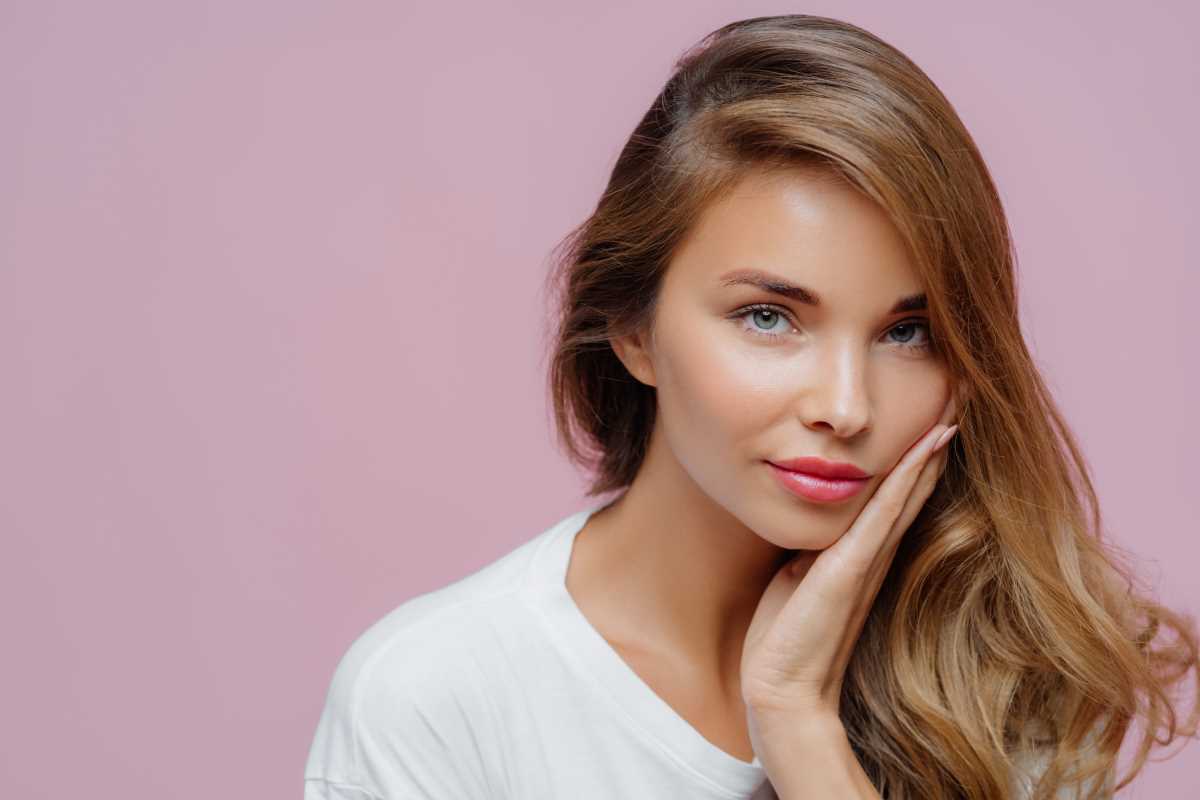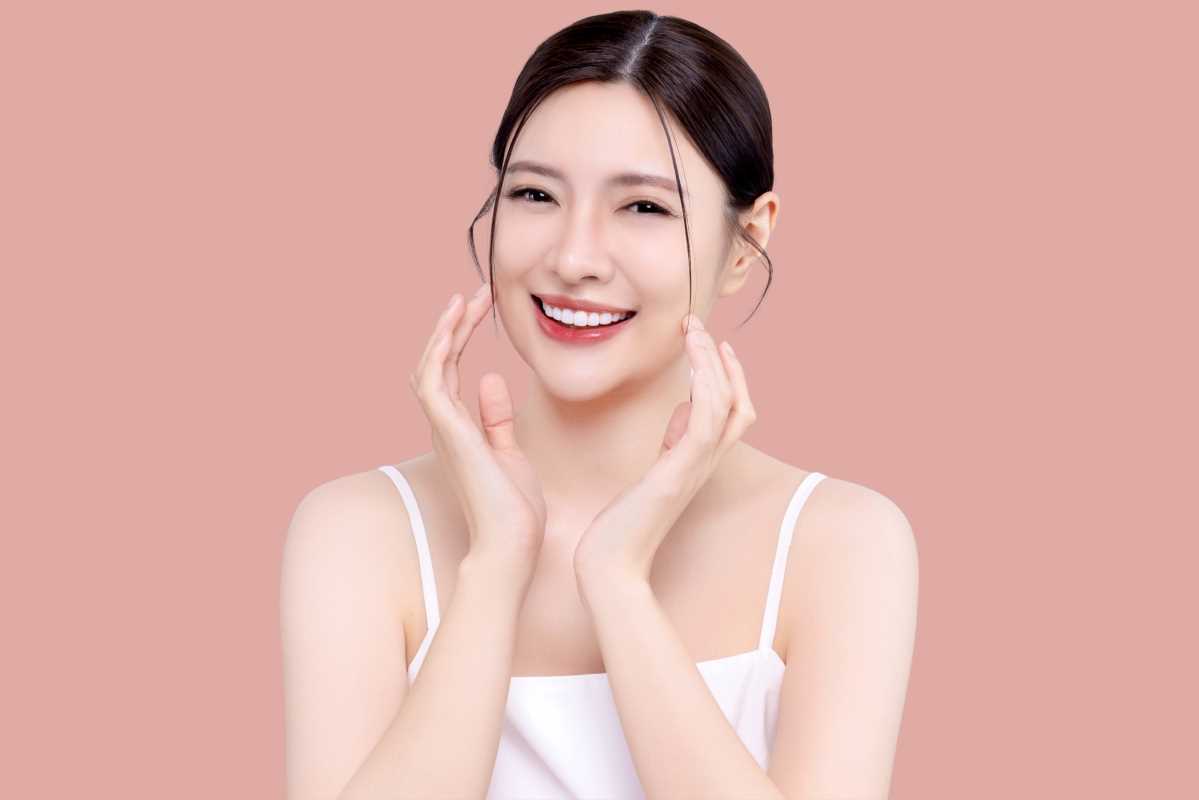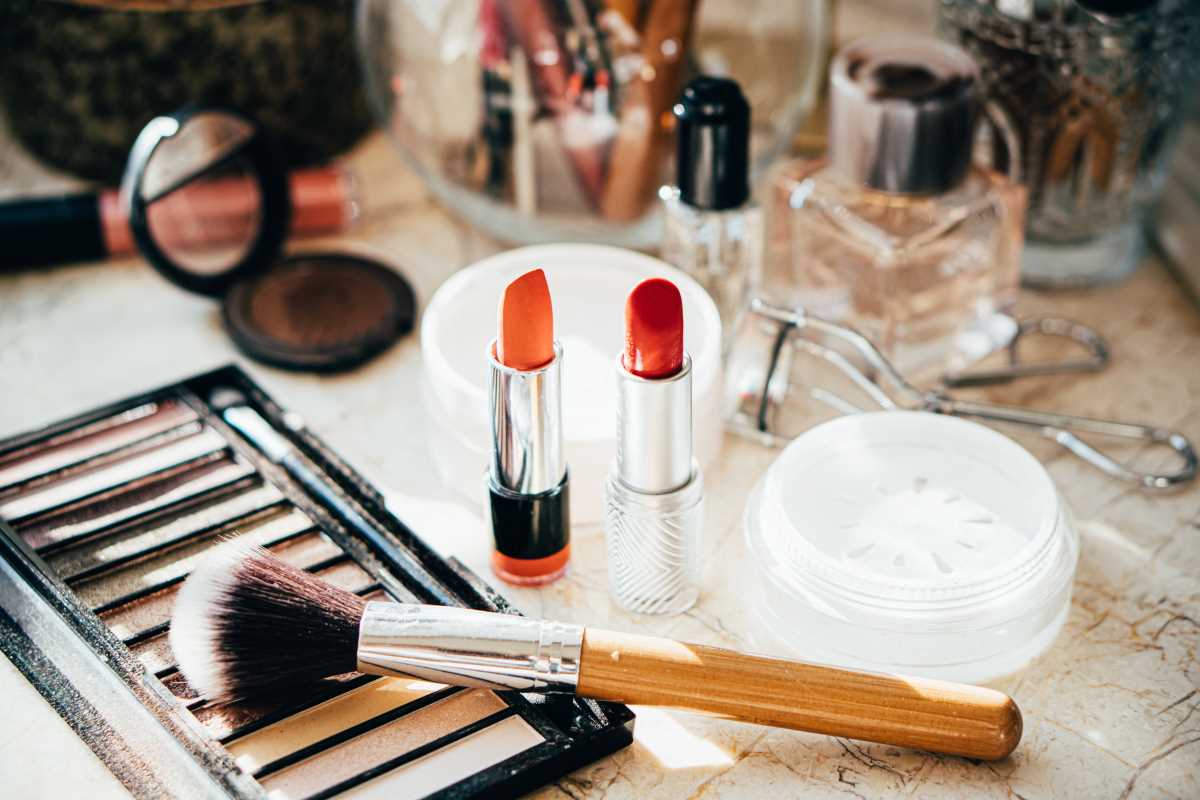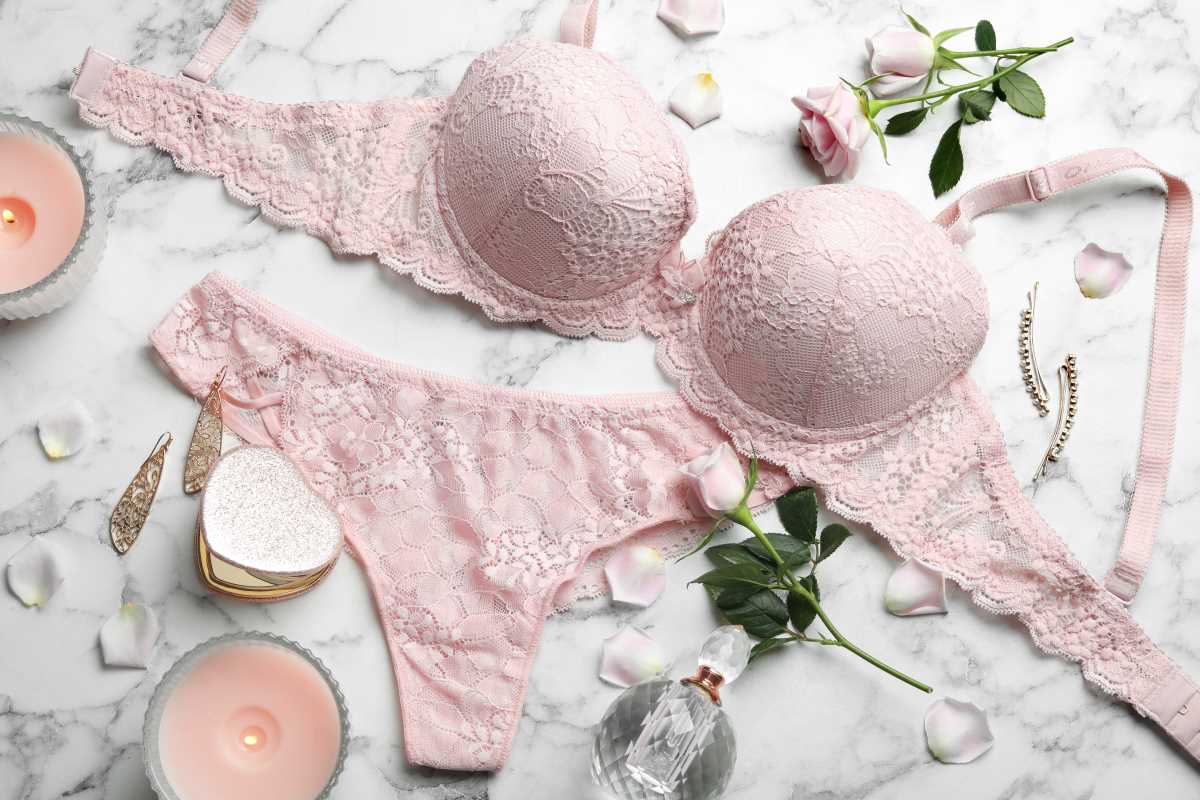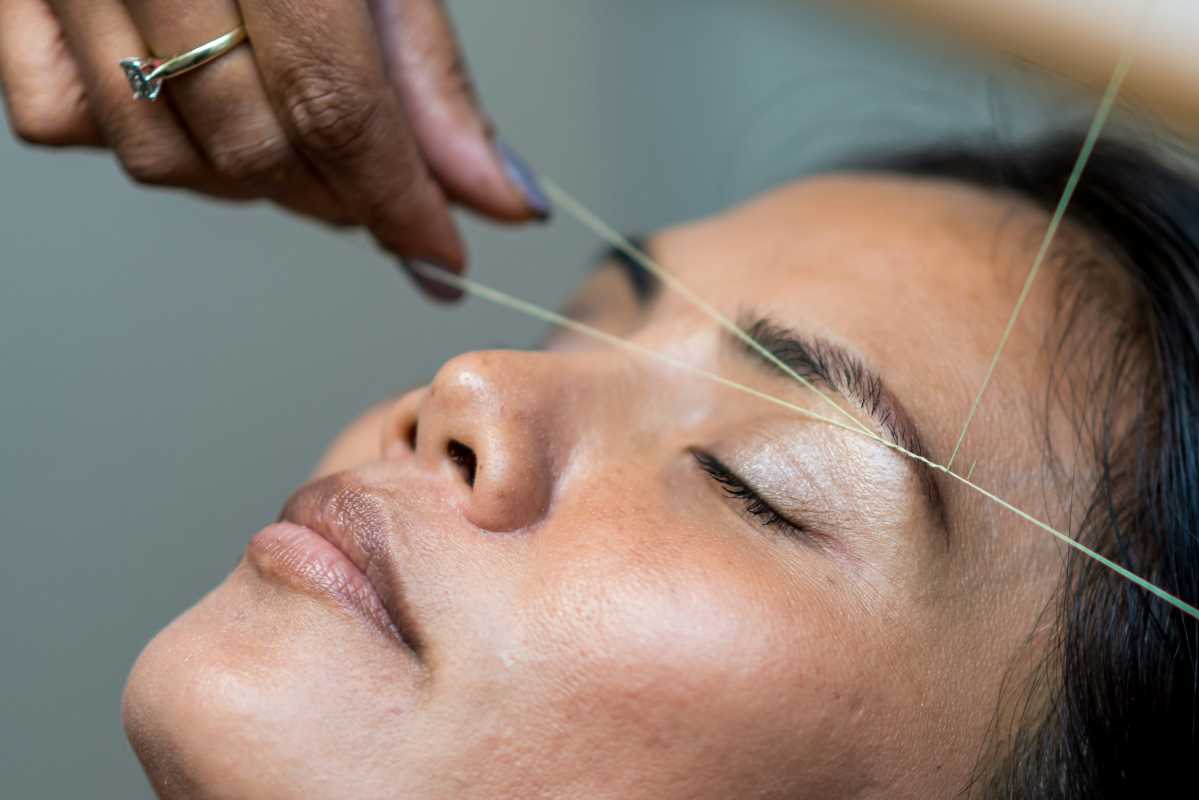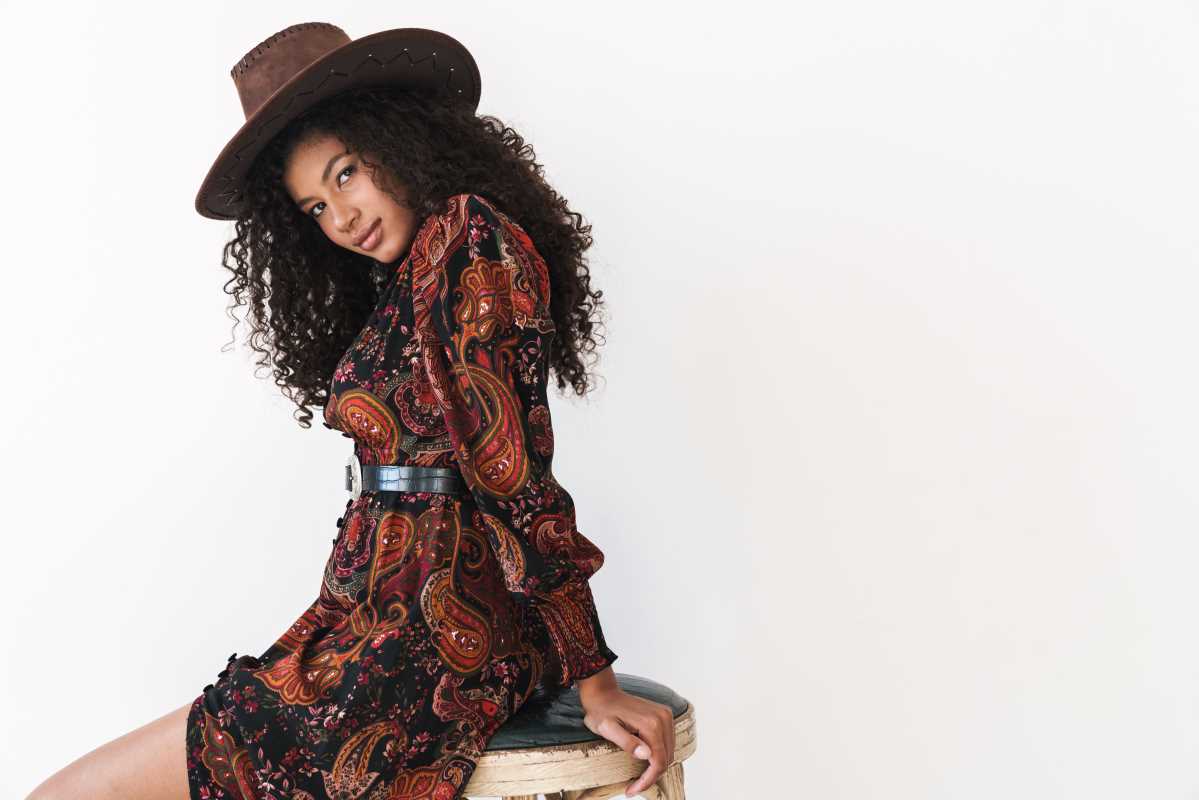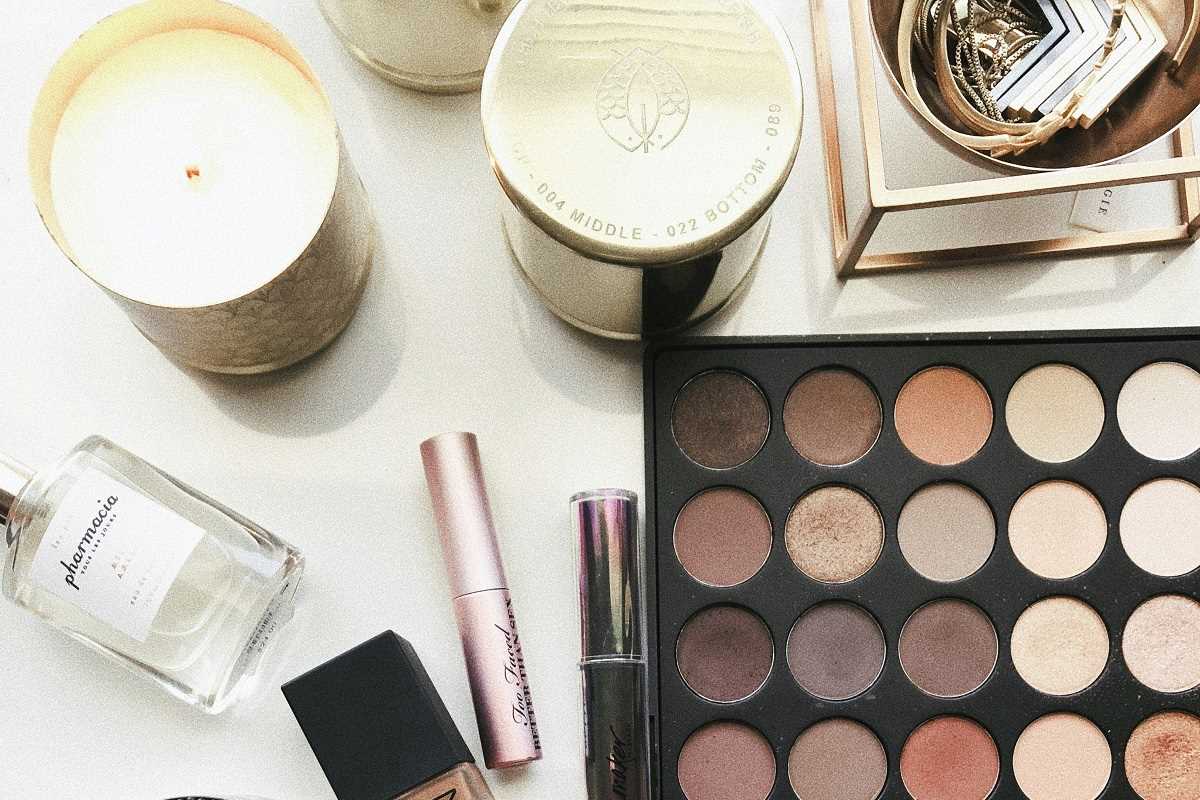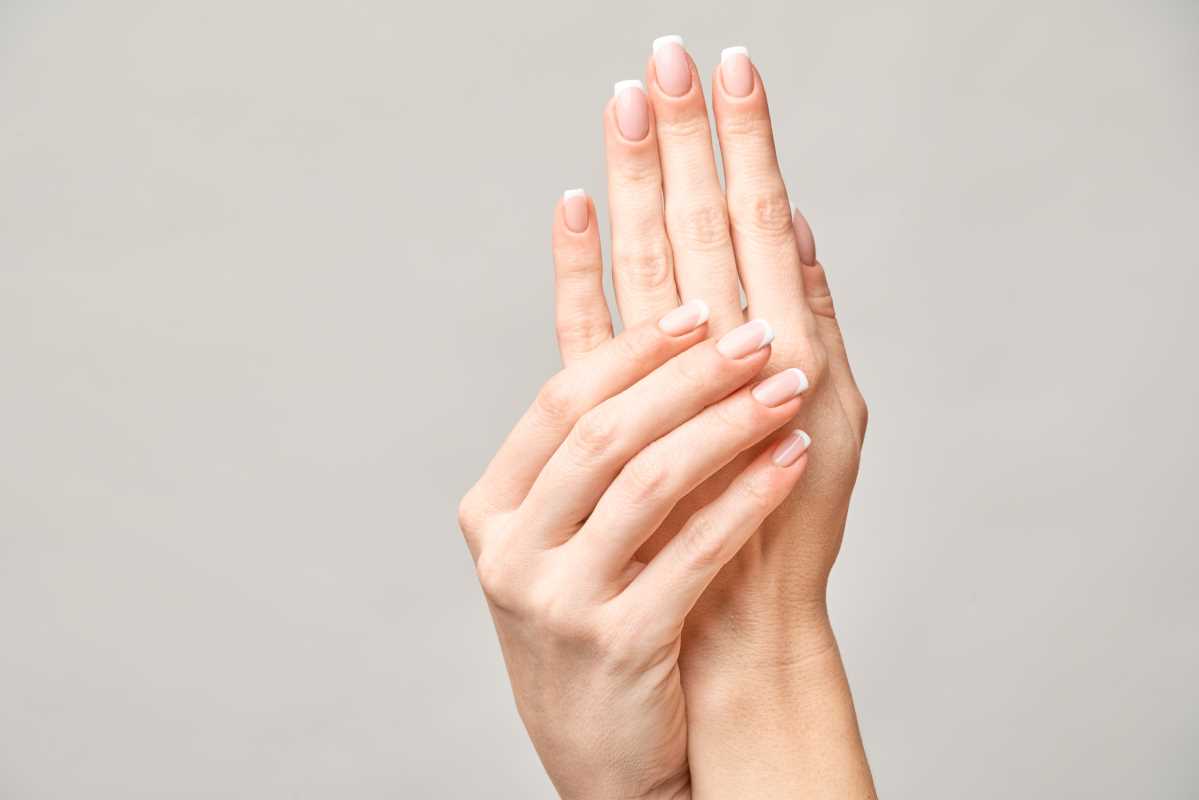Choosing the right blush shade can truly elevate your overall makeup look, adding that extra touch of freshness and radiance to your face. But with countless shades available in the market—ranging from soft pinks to bold corals, rich plums, and everything in between—finding the ideal shade can feel overwhelming.
This guide will walk you through selecting the best blush shade for your skin tone, understanding the importance of different blush finishes, and learning application techniques that enhance your natural beauty.
Consider Your Skin Tone
The first step in choosing a blush is to consider your skin tone. The right blush shade should work harmoniously with your complexion, adding a natural-looking flush without looking too overpowering or washed out. Here’s a breakdown by skin tone to help guide your choice:
- Fair Skin: For those with fair or light skin, soft pink and peach shades are perfect for adding a gentle pop of color. These lighter shades provide a subtle flush, mimicking the way your cheeks might naturally blush.
- Medium Skin: People with medium skin tones can experiment with rose and mauve hues, which create a natural-looking glow that enhances their warm undertones. These shades bring out a healthy radiance without overwhelming the complexion.
- Deep Skin: If you have a deeper skin tone, richer shades like plum, berry, or tangerine can make your skin glow. These vibrant shades stand out beautifully against darker skin, adding warmth and dimension to your makeup look.
Matching your blush shade to your undertone is also helpful. If you have a warm undertone, blushes with peach, coral, or orange undertones will look most flattering, enhancing your skin's natural warmth. If you have a cool undertone, shades with pink, rose, or berry tones will complement your complexion better.
Blush Finishes Matter
In addition to shade, blushes come in different finishes that can change the overall effect of your makeup. Understanding the finish of your blush is essential, as it influences how the product interacts with your skin’s texture and how it reflects light.
- Matte Finish: Matte blushes offer a natural, soft effect that’s perfect for everyday wear. They don’t reflect light, so they work well if you prefer a subtle, understated look or have oily skin. Matte blushes are also excellent for layering, as they blend seamlessly without adding any shine.
- Shimmer Finish: Blushes with a shimmer finish add a hint of luminosity, making your skin look radiant. Shimmery blushes are ideal for special occasions or evening looks when you want a bit more glow. However, they may emphasize texture or fine lines, so they’re best for smoother skin types or for applying in small amounts.
- Satin Finish: Satin blushes provide a happy medium between matte and shimmer finishes, giving your cheeks a healthy, soft radiance without too much shine. This finish is versatile and looks beautiful for both day and night.
Experimenting with finishes is just as important as finding the right shade. Sometimes, a shade might look different based on its finish, so don't hesitate to test a few variations to see which effect you prefer.
Application Techniques by Face Shape
Blush application isn’t one-size-fits-all; applying blush according to your face shape can help enhance your facial features and add balance to your look. Here’s a guide for different face shapes:
- Round Face: For round faces, apply blush slightly above the apples of the cheeks and blend toward your temples. This technique draws attention upward, adding definition and giving the illusion of a more sculpted face.
- Heart-Shaped Face: Focus on the apples of your cheeks, blending outwards toward your hairline. This helps soften the angles of your face, especially around the cheekbones, giving a flattering and balanced look.
- Oval Face: Apply blush just below the apples of the cheeks, blending upwards toward the temples. This placement enhances the natural contours of the face and adds a lifting effect, accentuating the cheekbones.
- Square Face: For square faces, applying blush just below the apples of the cheeks and blending toward the ears helps soften the jawline and balance out angular features.
Experiment and Find Your Perfect Match
Trying different blush shades and finishes is key to discovering what works best for your skin tone and personal style. Remember, your ideal blush should not only complement your complexion but also reflect your unique style. If you like a natural look, stick to softer shades in matte or satin finishes. If you prefer something more daring, opt for bolder shades or shimmer finishes to make a statement.
A great way to test blushes is by swatching them on the inside of your wrist, which is close to your natural skin tone. See how the shade looks in natural light, as store lighting can sometimes be misleading.
Don’t be afraid to ask for samples, especially when considering higher-end brands, so you can test the product at home before making a commitment.
Final Tips for Blush Shopping
When shopping for blush, remember that blush application tools matter. A fluffy blush brush is best for powder blushes, allowing for smooth blending. If you’re using cream or liquid blush, try a stippling brush or your fingers for precise application and a natural, skin-like finish. Always start with a light application and build up the intensity gradually to avoid over-application, which can be difficult to correct.
Choosing the right blush shade and finish can make a significant difference in your makeup routine, adding a fresh, healthy glow to your look. Next time you’re selecting a blush, consider your skin tone, undertone, and face shape, and explore various finishes until you find the perfect match.
With these tips in mind, you’ll be ready to find a blush that enhances your natural beauty and complements your personal style effortlessly.
